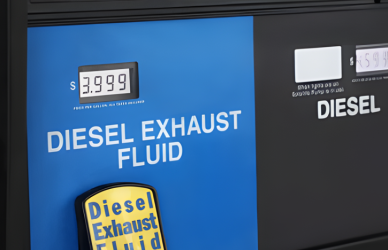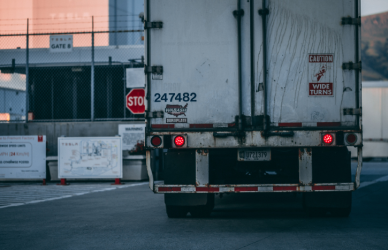The upcoming Commercial Vehicle Safety Alliance’s (CVSA) International Roadcheck is looming on the horizon, set for May 14-16. This intensive three-day event, spanning Canada, Mexico, and the United States, stands as a pivotal moment for carriers to ensure compliance and avoid unwelcome violations.
“Don’t let this three-day event sneak up on you. Out-of-service inspections can dramatically impact a carrier’s safety scores across multiple CSA BASICs,” said Josh Lovan, J. J. Keller industry business adviser. In contrast, “clean inspections will improve safety scores, so start planning today to ensure success during Roadcheck 2024.”
Each year, the CVSA International Roadcheck hones in on specific areas of concern, reflecting recent trends and challenges. For 2024, the spotlight falls on:
- Alcohol and controlled substance possession: Carriers must uphold stringent policies to deter alcohol and controlled substance use among drivers. With the number of prohibited drivers rising, regular checks via the U.S. Drug & Alcohol Clearinghouse (DACH) are crucial.
- Tractor protection systems: Emphasis is placed on enhancing awareness of critical vehicle components like the tractor protection valve, trailer supply valve, and anti-bleed-back valve. Compliance with requirements for these systems is essential for safe operation.
To prepare for Roadcheck, carriers should ensure all credentials are current, driver paperwork is updated, and vehicle maintenance is thorough. Moreover, proactive steps such as retraining drivers on inspection protocols, hours-of-service limits, and electronic recordkeeping are vital.
Ahead of the event, safety personnel can take practical measures to minimize violations:
- Conducting a safety blitz to familiarize drivers, especially newcomers, with roadside inspection expectations.
- Performing audits on pre-trip inspections to ensure compliance with thorough checks on lights, tires, and placards.
- Facilitating collaboration between safety and maintenance teams to address issues promptly and prevent recurring violations.
“Until you wear the shoes of a safety manager, there is no way to truly understand the unique challenges in safety,” Lovan said. “Today’s safety professionals are responsible for driver coaching, injuries, and accidents. There are no excuses for lack of preparation.”
Source: Freightwaves











